Discovering Bucovina
Romania is one of the countries that in the past has been part of the old “Soviet world”; with several interesting and characteristic towns to visit, even though they have not yet become destination of the great tourist flows both European and non-European.
It also offers remarkable natural beauties, such as the southern area bordering on Serbia and Bulgaria, where there is the great Danube river; or the northern part, which is characterized by the impressive mountain range of the Carpathian Mountains and its Moldoveanu mount, over 2500 meters above sea level.
Carpathians have the shape of a horseshoe, so they are also present in the Rumanian north/west territory. Just in this area, today, The Golden Scope with you, will go to the discovery of the little-known Bucovina region.
The territory of this historical region of the Carpathians had its name in 1775 during the Habsburg domination. Bucovina is now divided in two parts: the Romanian one, predominantly mountainous, and the northern Ukrainian one predominantly flat.
We show you the Romanian Bucovina, its characteristic towns, but also its natural beauties such as the lush forests of the valley crossed by the Vltava river.
Visiting the region you can admire some fascinating monasteries: Putna and Gura Hulorumui (15th/16th century), which have a very singular feature… really special…they are externally frescoed. Thanks to this peculiarity they are part of the UNESCO World Heritage List.
Among the inhabited towns, Ciocanest is a “must”; a town of just over 1500 inhabitants born from the union of the two villages of Botos and Ciocanesti. This village, thanks to the cultural events that hosts annually, in 2014 received the title of “Roman Cultural Village” from the Romanian government.
The houses of the Ciocanesti families are externally painted with decorations that customize them making them unique in their kind! A true “village-museum”. Finally, a lot of the inhabitants have as surname: Cocian, “hammer”. A legend tells that Prince Stephen the Great won more than thirty battles against Turks and Tartars using swords forged by the best Ciocanesti blacksmiths.
T H E V I D E O
(All the photos are taken from Google.com, all the videos are taken from YouTube.com, and all belong to their original owners-We do not own any of the content posted-Removal upon request)

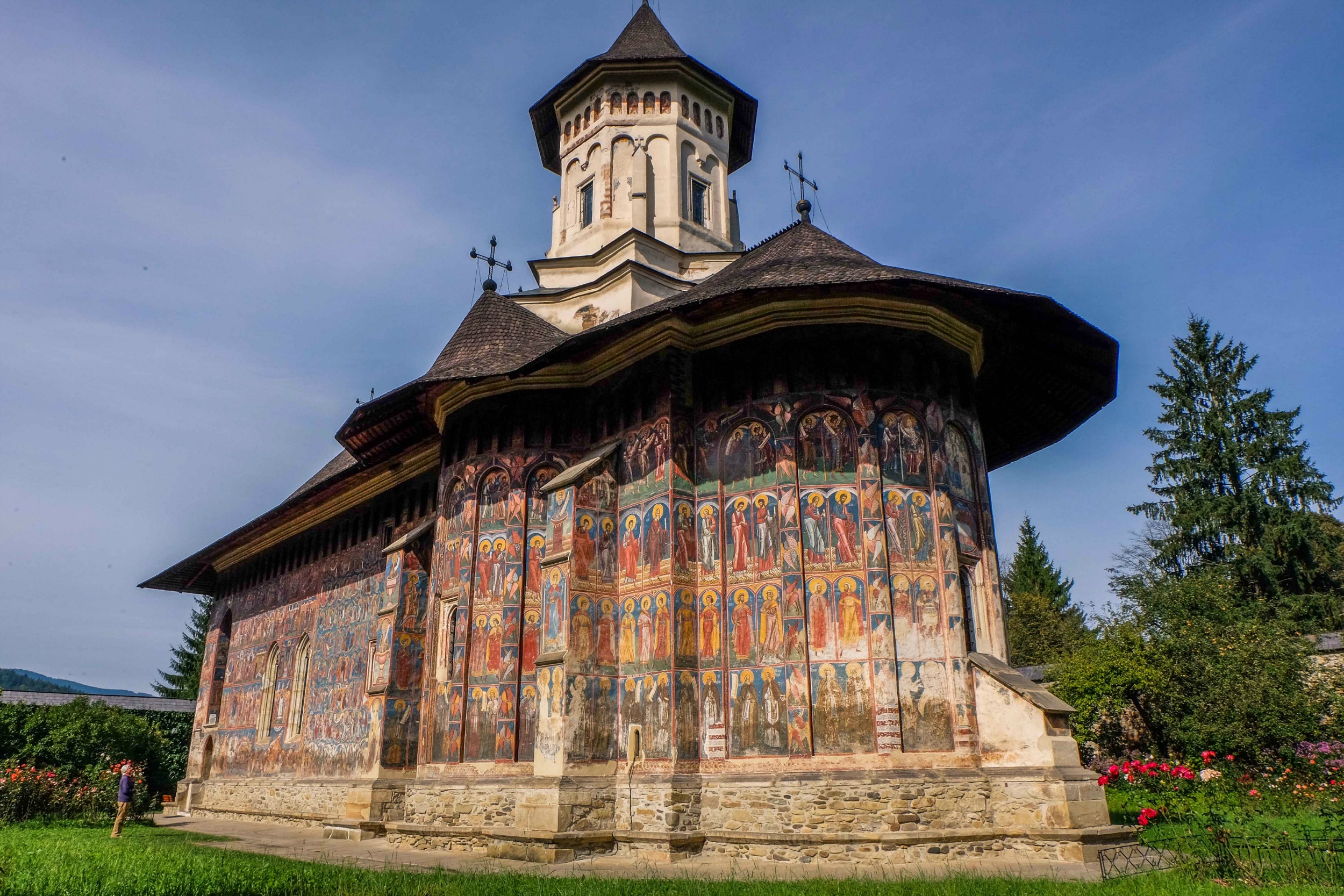
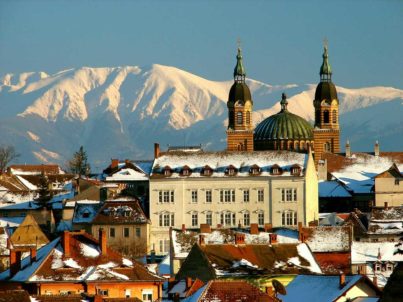
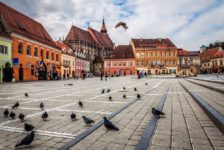
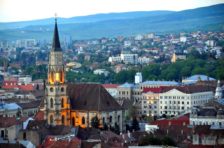
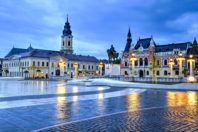
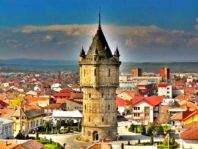
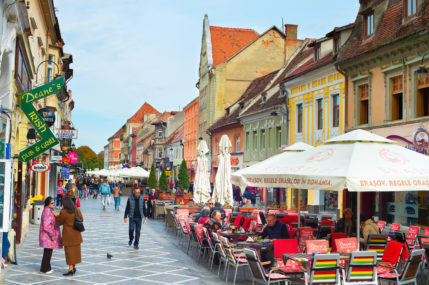
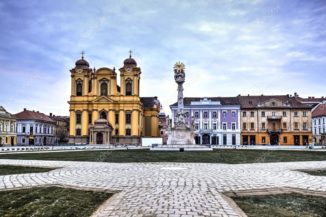
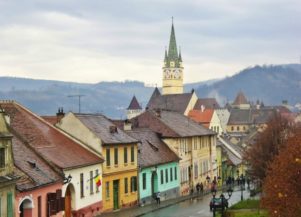
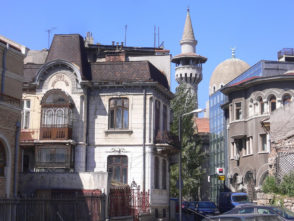
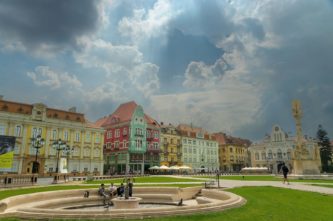
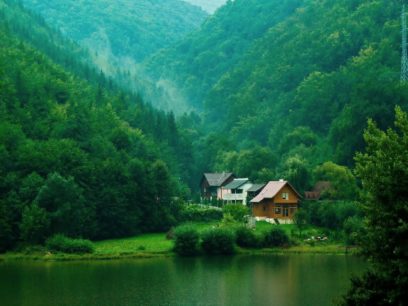
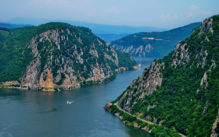


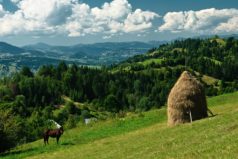
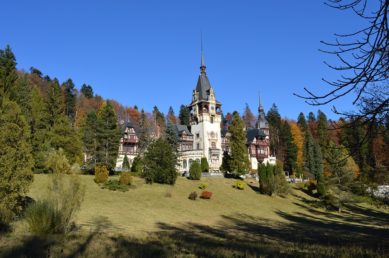
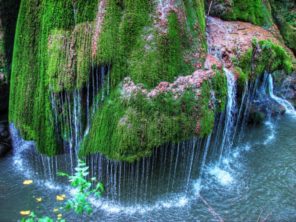
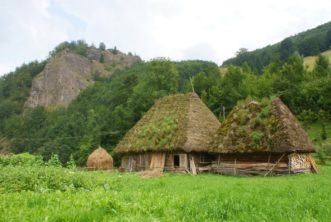
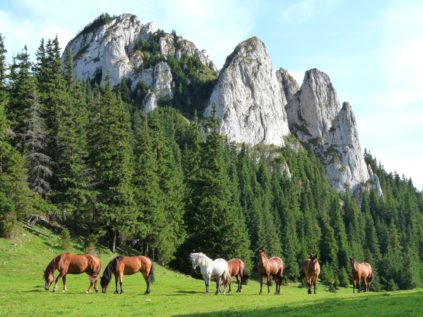

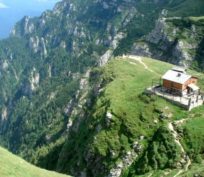
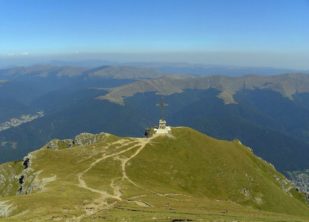
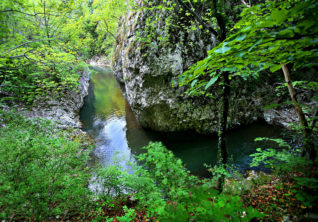
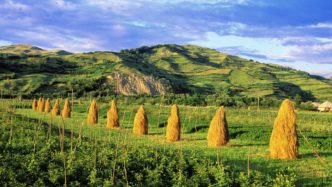
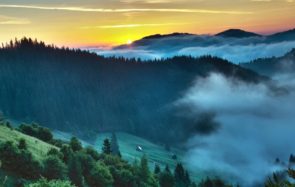
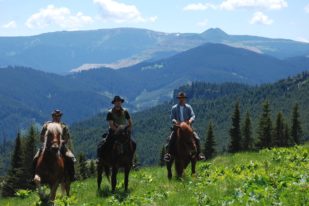
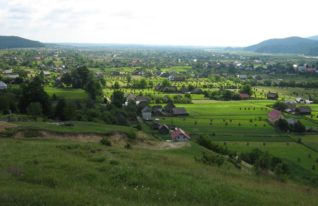
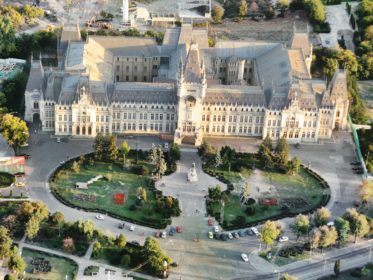


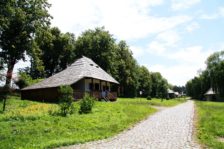
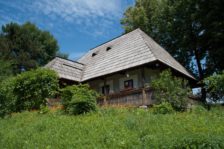
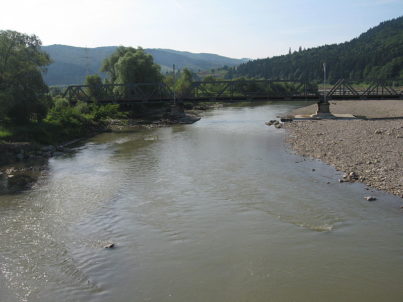
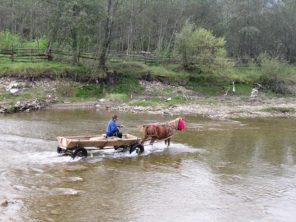
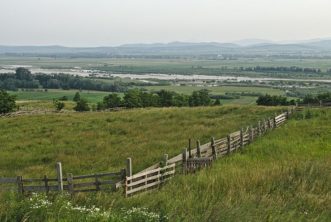
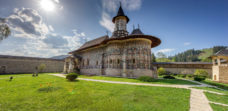
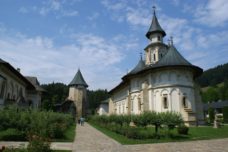
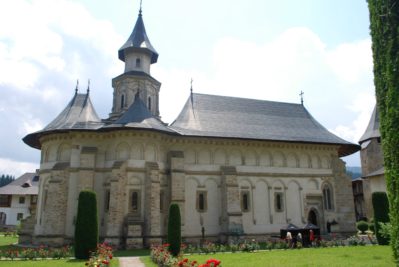
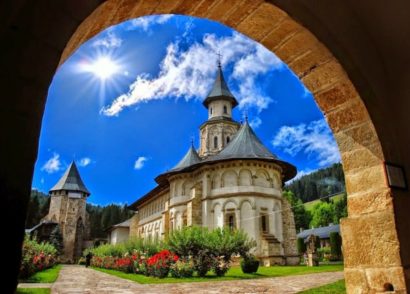
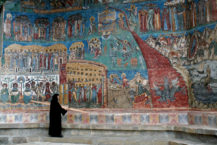
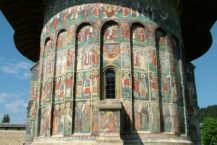
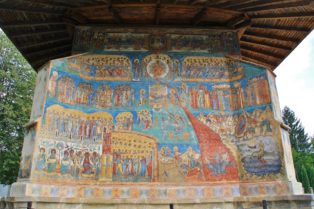
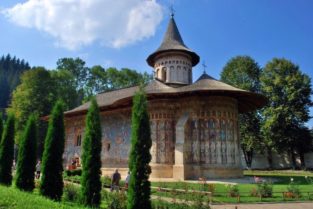
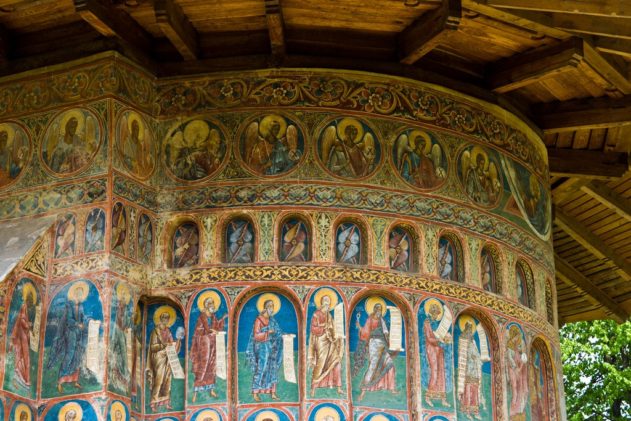
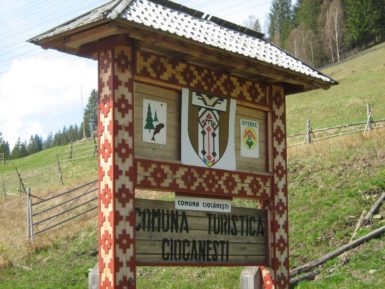
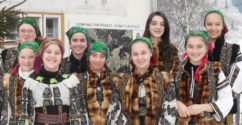
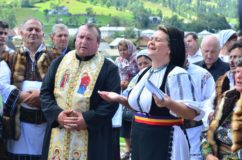
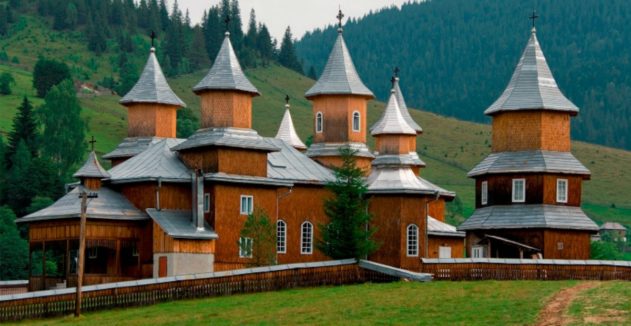
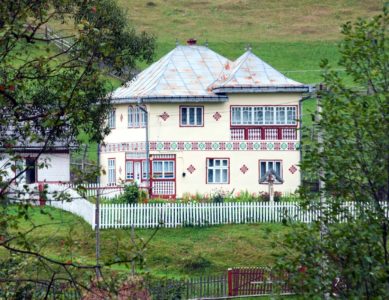
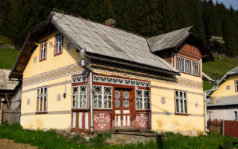
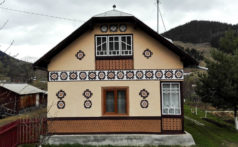
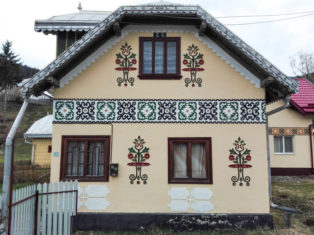
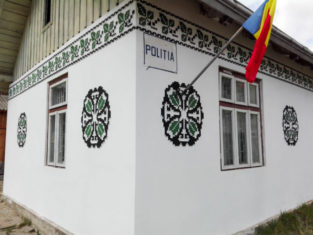
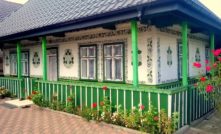
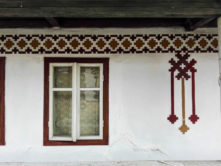
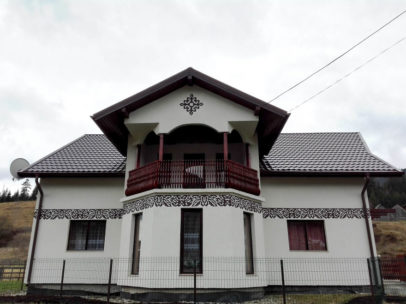
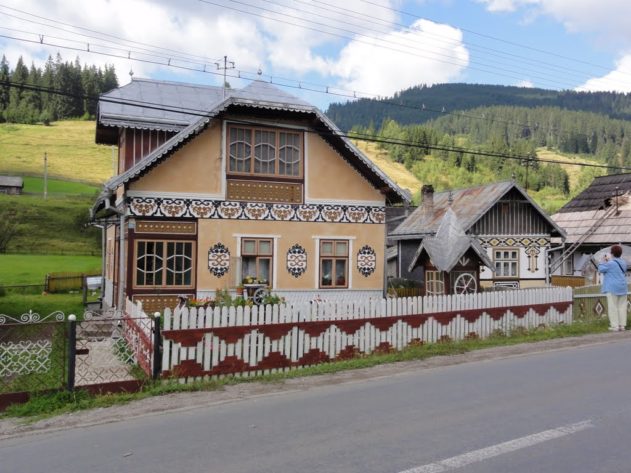
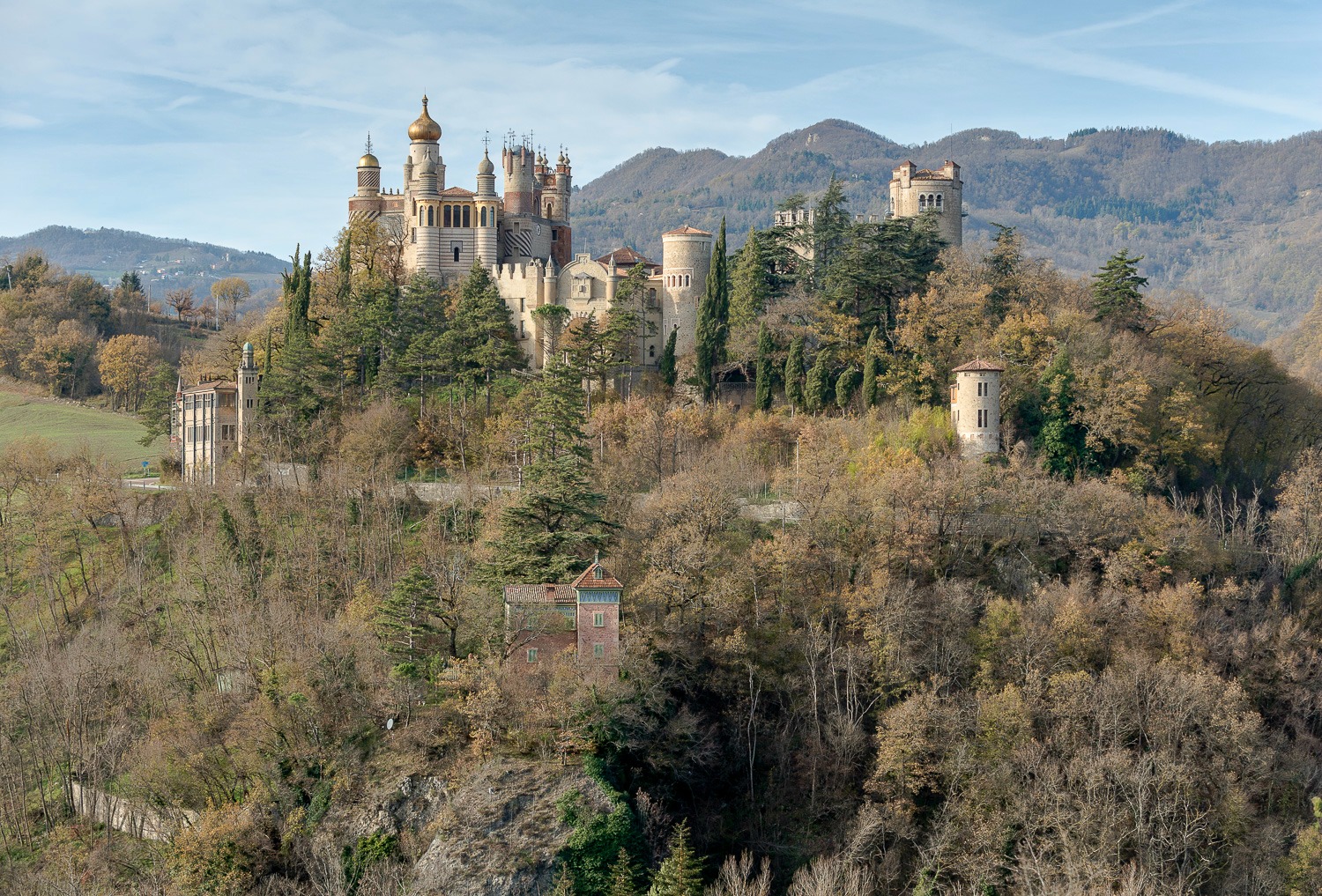
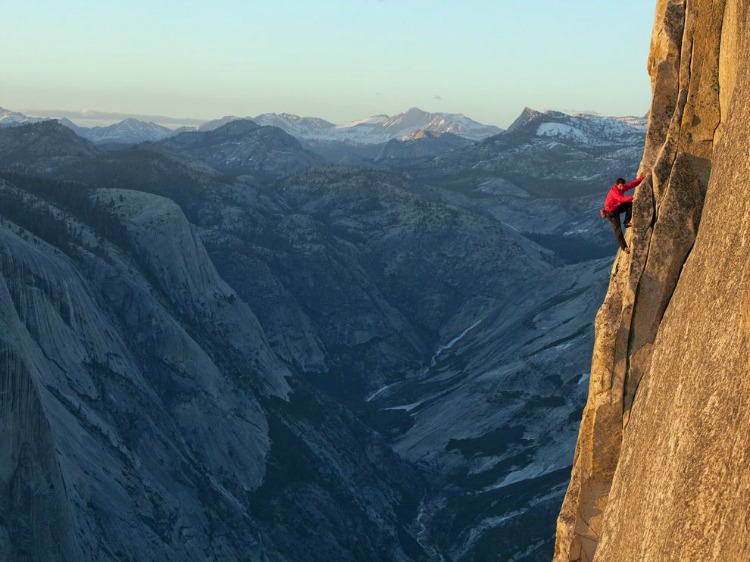
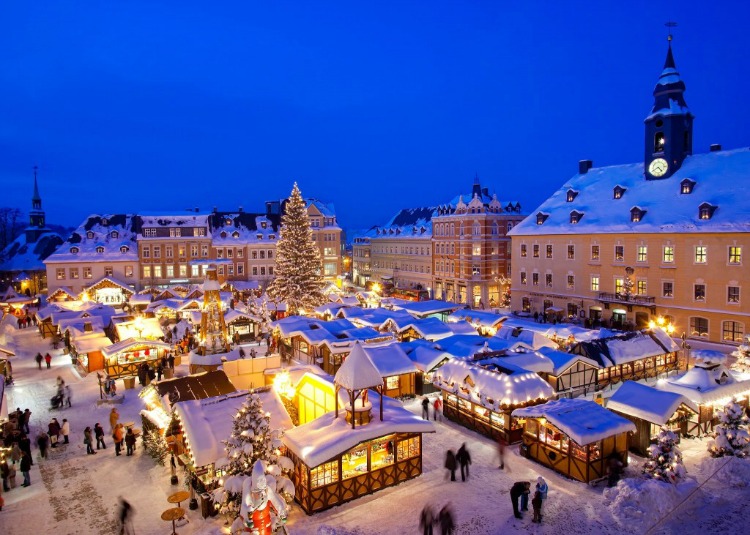

 Instagram Gallery
Instagram Gallery